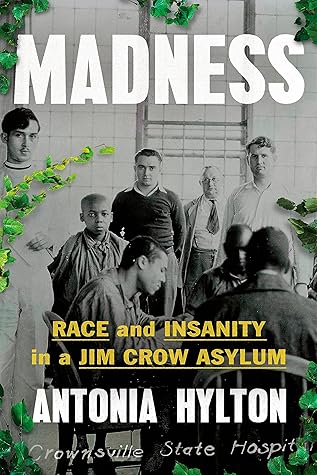More on this book
Community
Kindle Notes & Highlights
Read between
January 31 - February 5, 2024
“There’s an assumption,” she told me, “that when a Black kid comes to the emergency department, the problem is behavioral. It’s not depression.”
The conditions of his segregated confinement at the hospital had been justified by white politicians and doctors as necessary, fueled by a century-long belief that newfound freedom had increased the rates of insanity among Black people.
Throughout the 1850s and 1860s, Maryland lawmakers passed resolutions that barred Black people from assembling for religious events, owning dogs or guns, or being educated, and that limited job opportunities. It was a ban from self-protection, growth, and hope.
By the early twentieth century in Baltimore, it became illegal for a white person to move onto a street that was more than 50 percent Black and illegal for a Black person to move onto a street that was more than 50 percent white.
beliefs and observations of African slaves. “Drapetomania,” he asserted, was the irrational and unnatural desire of a slave seeking freedom. If slaves didn’t have white people to take care of them, they would regress. He believed that enslaved people who misbehaved and ran away from their owners would develop drapetomania, and that slave owners who treated the enslaved with too much kindness could trigger it.
The possibility that physical abuse, forced labor, and being owned by another human might produce mental trauma was not of scientific concern.
would be the first and only asylum in the state, and likely the nation, to force its patients to build their own hospital from the ground up. Black Marylanders would have to earn their access to healthcare through hard labor and a return to the antebellum social order.


